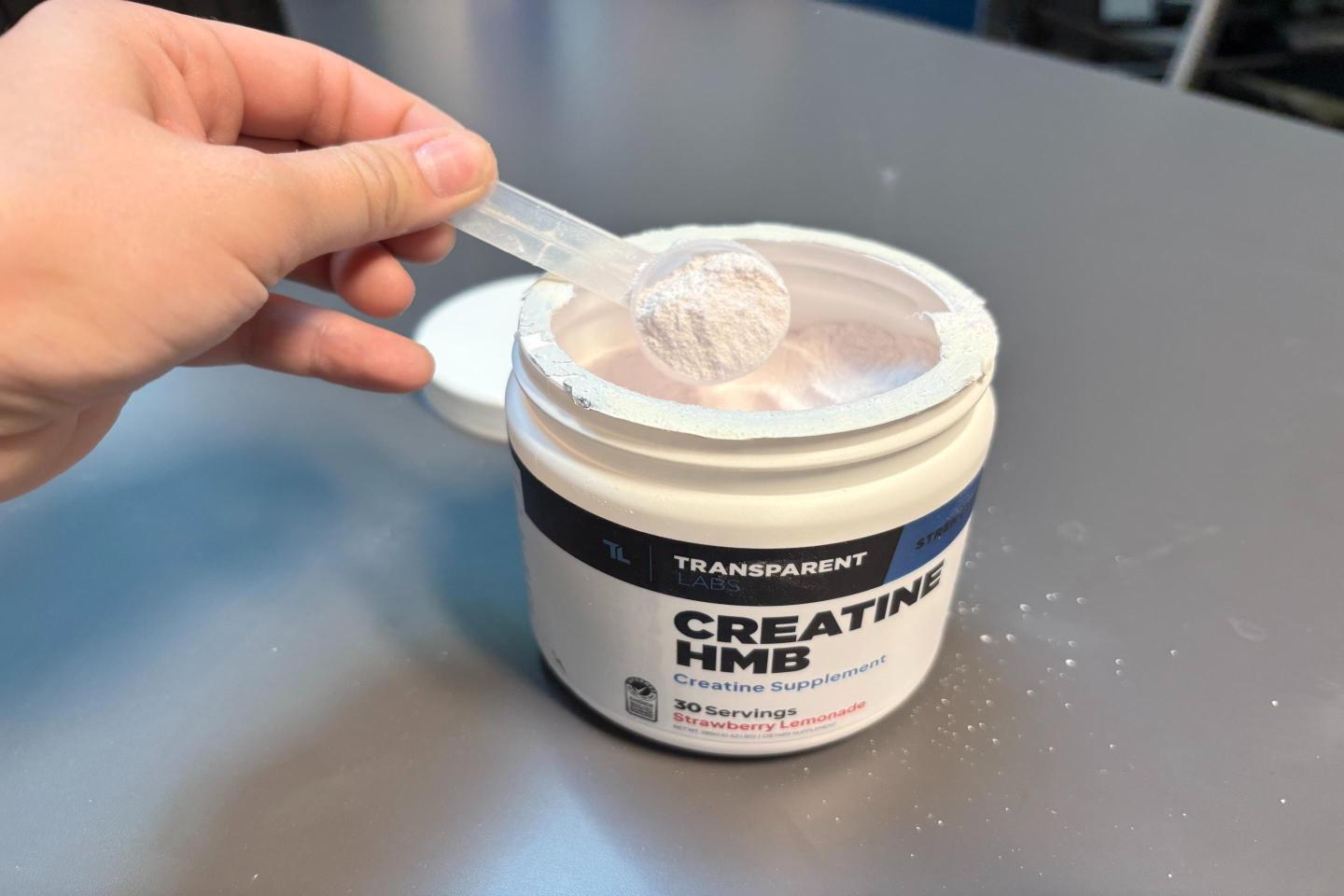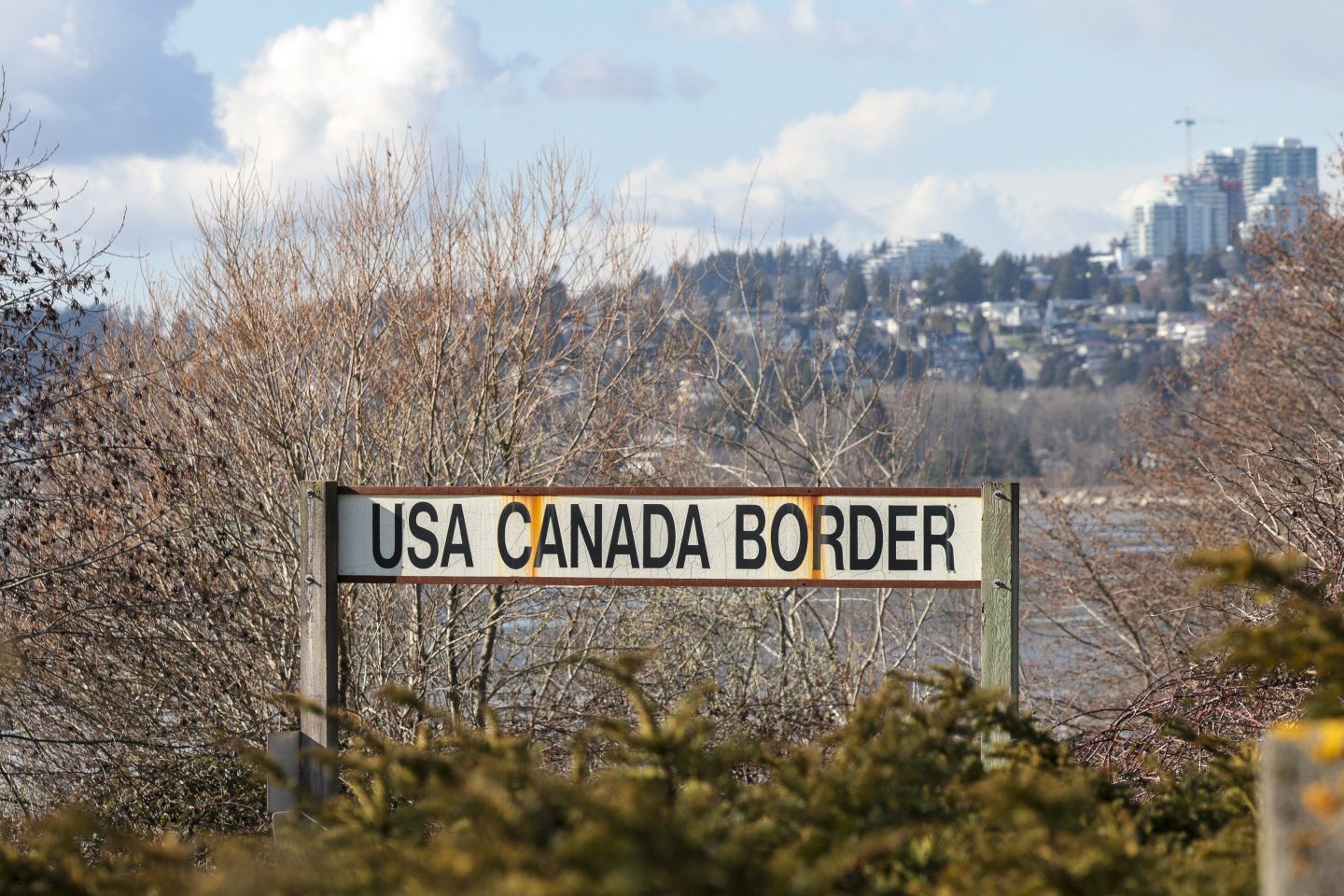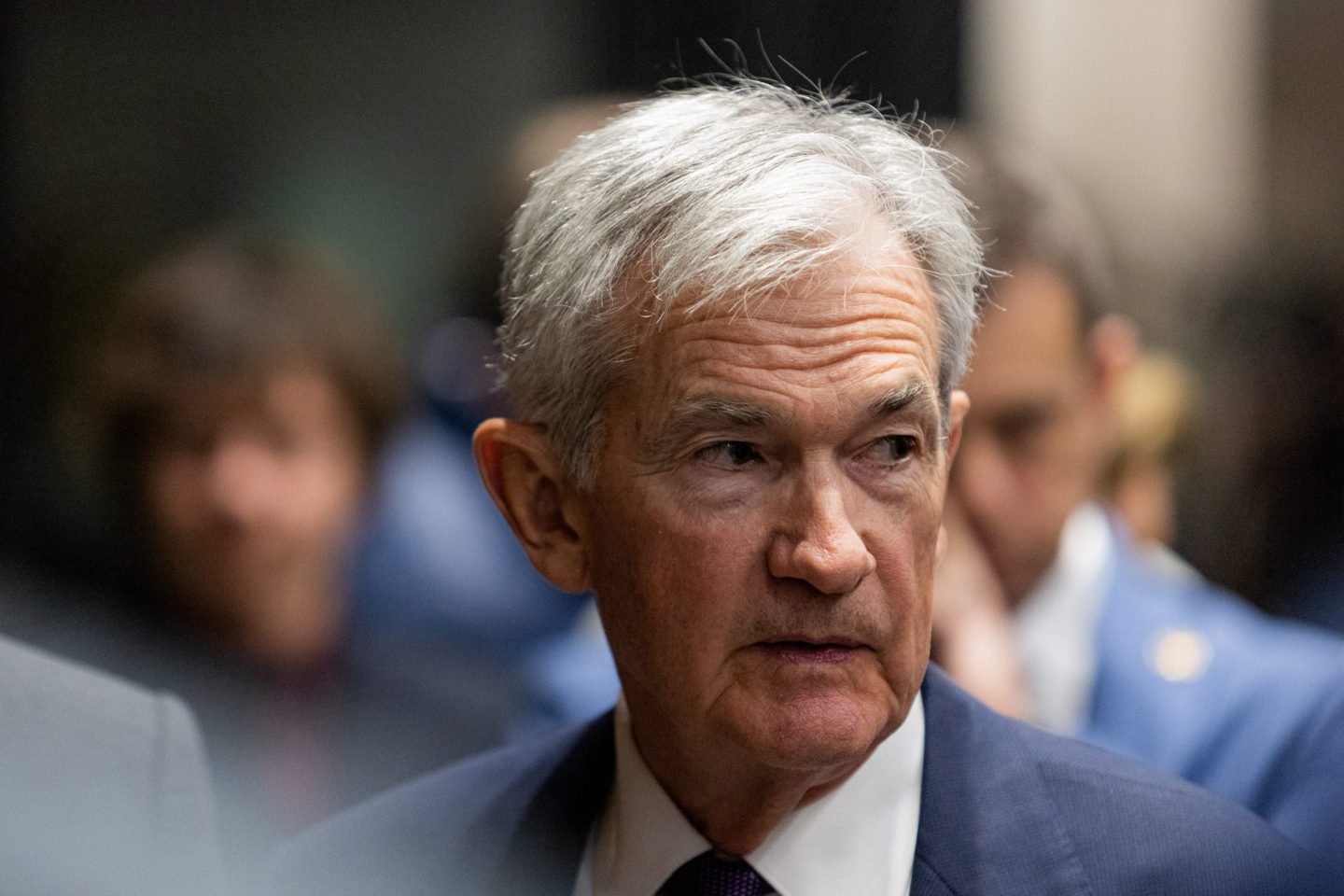Google is getting involved in fighting the opioid epidemic.
The tech giant announced Wednesday that due to concern about the growing crisis, it’s decided to use its technical expertise to help families coping with it.
Google Maps is partnering with the U.S. Drug Enforcement Administration to create a locator tool that points people to locations where they can safely dispose of excess prescription drugs. This approach is inspired by growing evidence that prescription drug abuse is a common driver of opioid addiction and that “the majority of abused prescription drugs are obtained from family or friends, often from a home medicine cabinet,” Google said in a blog post. Google points to DEA research that Americans can help prevent drug abuse and addiction by properly disposing of unneeded or expired prescription drugs. “Yet many people aren’t aware of, or can’t easily find, prescription drug disposal programs in their communities,” Google says.
The roll out of the tool is tied to National Prescription Drug Take Back Day, which is Saturday, April 28. Users can access the Google map here to search for a place nearby where they can dispose of leftover medications. There are more than 5,000 drop-off points across the country, which will accept the drugs between 10 a.m. and 2 p.m. on Saturday.
Google also unveiled additional, longer-term measures, including a collaboration with the DEA and several state governments to “gather data on year-round take back options for future Google Maps integration.” It announced $750,000 in matching gifts and grants from Google.org to help expand the Partnership for Drug-Free Kids’ Parent Helpline, and has pledged to continue to make information about opioid addiction and prescription drugs readily available in Google search.
Doctors wrote over 214 million opioid prescriptions in 2016. Current figures estimate that 115 people die from overdose everyday. Some 42,249 people—or 66.4% of all drug overdose deaths—died from opioid overdose in 2016, a 100% increase from 2015. Research shows that many opioid users begin with drugs prescribed by a doctor to treat pain.
Over time, however, users often develop a tolerance to the opioids, leading to a need for larger doses, and consequently, an abuse of the prescription painkillers or a transition into harder drugs.










